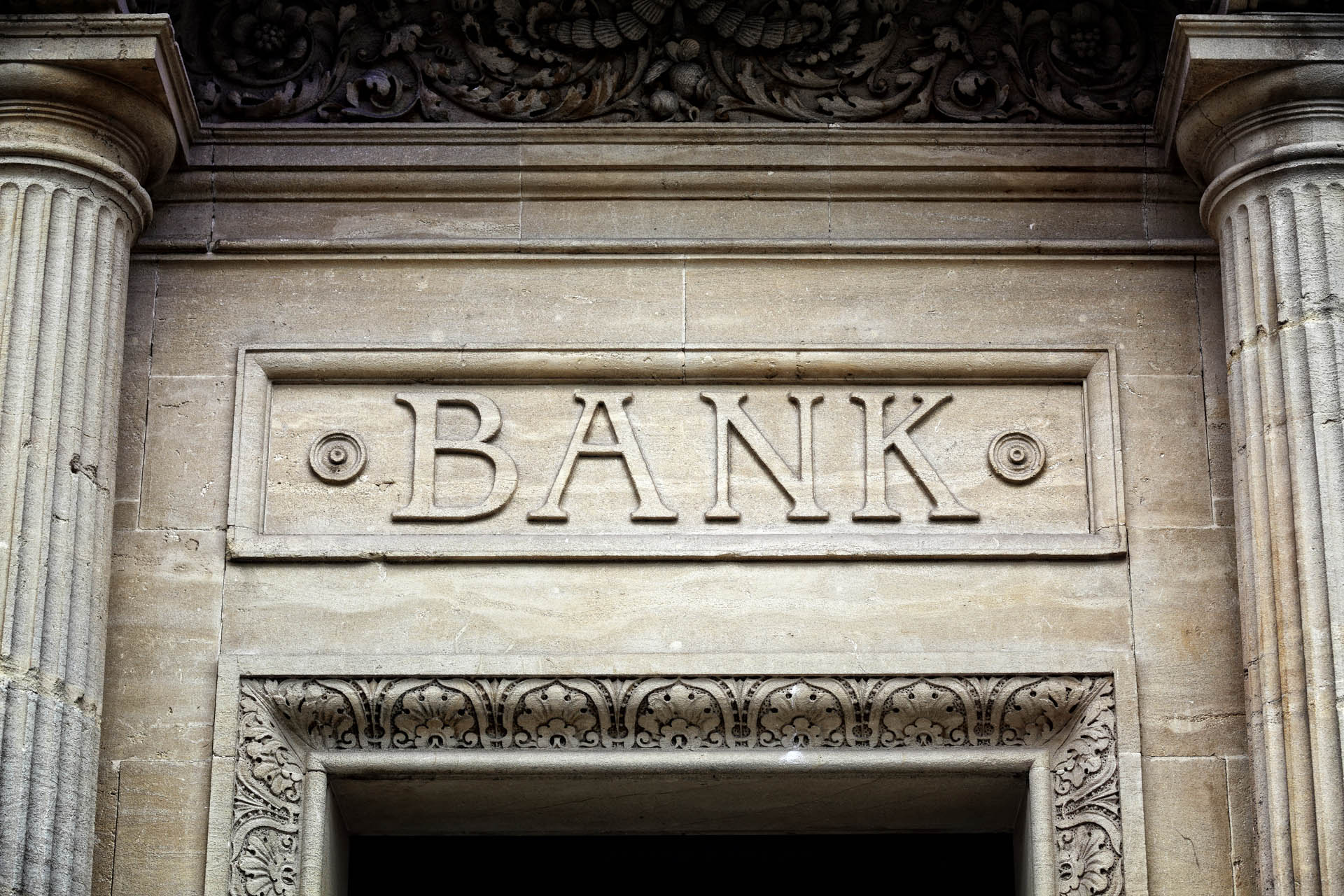Bank Transaction Data Can Help the Underserved
MARK LUBER, chief product officer for Equifax’s U.S. Information Solutions business unit, understands how important ‘alternative data’ can be in enabling broader access to credit for millions of underserved individuals. He shares thoughts on consumer bank transaction data, how it’s used, and it’s potential in offering unique views for lenders and service providers into consumers’ payment and financial history.
BANK TRANSACTION DATA HAS MADE MEDIA HEADLINES. WHAT EXACTLY IS THIS, AND WHAT DOES IT HAVE TO DO WITH CREDIT SCORES?
Bank transaction data is a broad term, but at Equifax, we define it as checking, savings, income, spending, investment, and payment history.
To understand why bank transaction data is important, it’s first important to understand that not every American has access to credit. Approximately 26 million Americans are considered “credit invisible” with no credit history, according to the Consumer Financial Protection Bureau. This happens for a number of reasons. Maybe they are young adults just starting out, or maybe they are new to the country. Regardless of the reason, not having a credit score or having a credit score that is considered very low or subprime, can make it difficult for people to obtain mainstream financial service products like credit cards. Bank transaction data can help people gain greater access to credit. For example, if someone recently started a new job after being unemployed, the increase in cash flow would show up in bank transaction data well before the impact would be seen on the credit report.
Bank transaction data is what we refer to as “alternative data.” It’s information that isn’t typically included in credit reports - or represented in your credit score - but can help individuals by providing a more complete financial picture to potential lenders. Bank transaction data has been in the headlines for good reason - it’s a powerful source of information that can help open doors for underserved individuals.
HOW CAN BANK TRANSACTION DATA BE USED TODAY IN CREDIT DECISIONING?
That’s a great question. The use of bank transaction data is relatively new. It’s actually something that Equifax pioneered through our credit bureau-exclusive relationship with Yodlee in 2019. Last year, we announced what we call our Cashflow Insights solution.
Cashflow Insights is built on The Equifax Cloud™. It empowers individuals to directly share their online bank account information, including balances, deposits and withdrawals from more than 7,700 participating U.S. financial institutions, to help create a more robust personal financial profile when applying for loans and other services.
Cashflow insights is designed to give lenders and service providers a clearer picture of applicants. It helps lenders understand not only how a consumer spends money, but also how often money comes in and assets available with which to pay bills. To share information, consumers simply select their bank, verify credentials and provide their consent for a prospective lender or service provider to access the information. Up to 24 months of bank transaction data is then quickly and securely shared and can be used to approve a loan or service application, making the process more inclusive. The solution also helps applicants eliminate the time-consuming process of locating paper copies of historical bank statements.
DOES THIS MEAN THAT BANK TRANSACTION DATA CAN BE USED IN PLACE OF A TRADITIONAL CREDIT REPORT?
Credit reports are still important. They’re a strong indicator of credit history and past financial reliability. Bank transaction data supports consumers who may be credit invisible, credit thin or subprime, helping to responsibly expand consumer access to credit opportunity and support a more inclusive economy.
